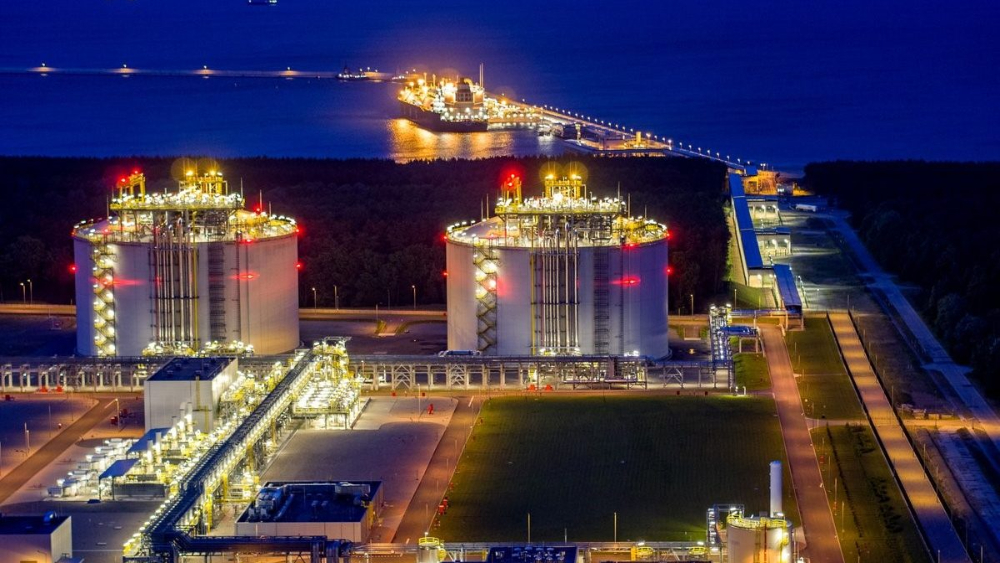
At the end of 2021, 700 LNG carriers were active in the world and transported LNG between 19 exporting countries and 44 importers. Last year 68 new ships (47 in 2020) with capacities between 173 and 180 thousand cubic meters went into operation, while 7, in operation since the 1980s and with an average capacity of 126 thousand cubic meters, were scrapped. These are some of the data published in May in the GIIGNL 2022 annual report, the association that brings together 84 of the world’s leading operators in the sector.
The 700 ships include 64 LNG carriers with a capacity of less than 50,000 cubic meters, of which 33 are used for the transport of LNG for small-scale coastal depots (among these the Ravenna Knutsen, of 30,000 cubic meters at the service of the 20,000 cubic meter DIG in Emilia Romagna Region port in Italy, which entered service last year) and 31 for the refueling of ships that use LNG as fuel (22 are in order) while the FSRU, LNG carriers converted for regasification activities, increased to 48.
In 2021 the import / export of LNG reached 372 million tons, with an increase of 4.5% on 2020. China, plus 15%, has overtaken Japan as the main importer. Australia (78 million tons) and Qatar (77) are joined by the United States (67, plus 48%) which should become the world’s top suppliers this year.
The global regasification capacity reached 993 million tons / year, with four large new terminals in Croatia, Brazil, Indonesia (FSRU) and Kuwait (on shore). A small terminal entered service in Mexico and two in Italy (Higas in the Port of Santa Giusta – Oristano and DIG in the Port of Ravenna). Another 6 new regasification plants could be added this year: El Salvador, Ghana, Hong Kong, Philippines, Senegal and Vietnam.
The potential supply of LNG, equal to 462 million tons / year of liquefaction, struggled to meet demand in 2021, both due to slowdowns due to the global epidemic crisis that began in February 2020, and due to unscheduled maintenance and gas shortages to be liquefied. By 2025, an increase in liquefaction capacity of another 120 million tons per year is expected.
In 2021, the main demand came from Asia (73%), 39% satisfied by the Pacific area. 36% of the market involved spot or medium-term purchase contracts, with a duration of less than 4 years.
Source: GIIGNL
 EN
EN  it
it

